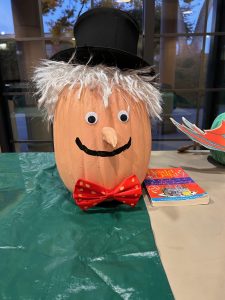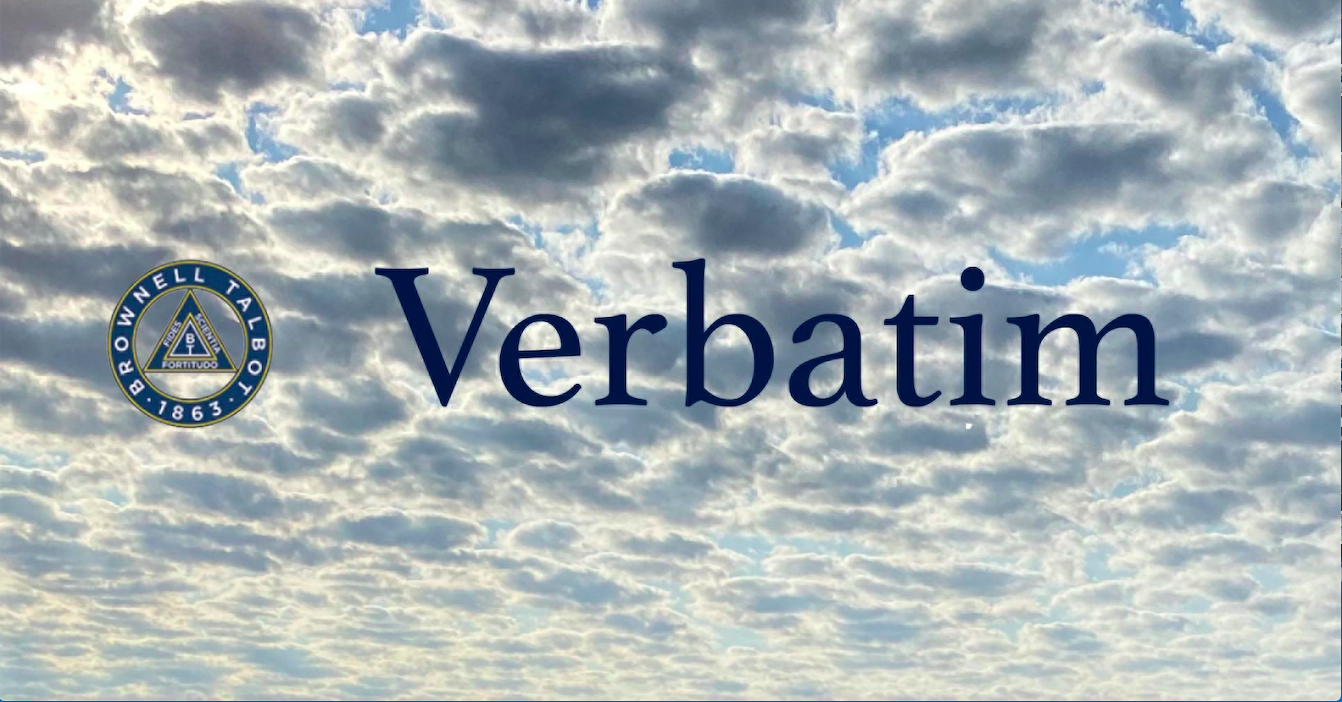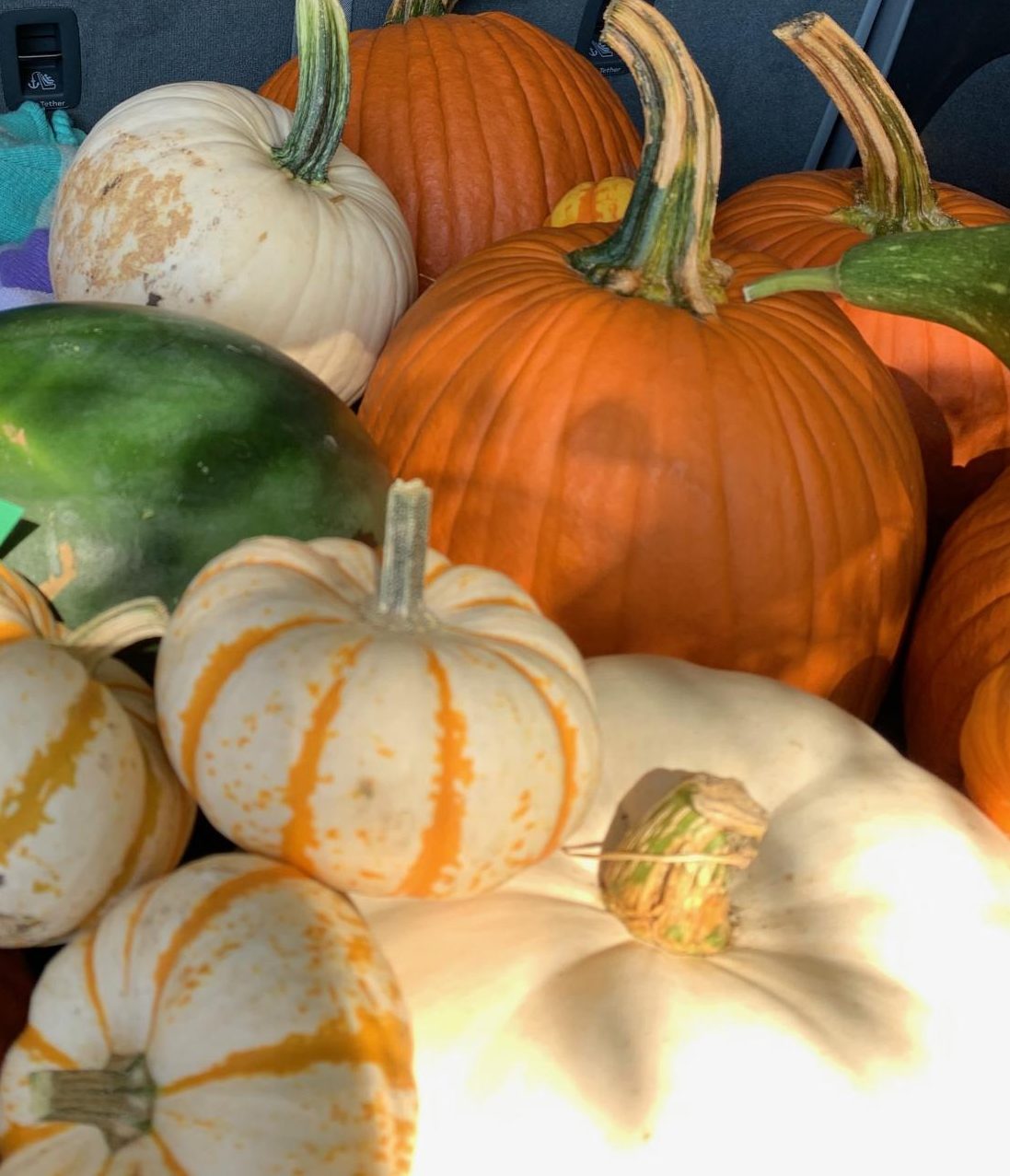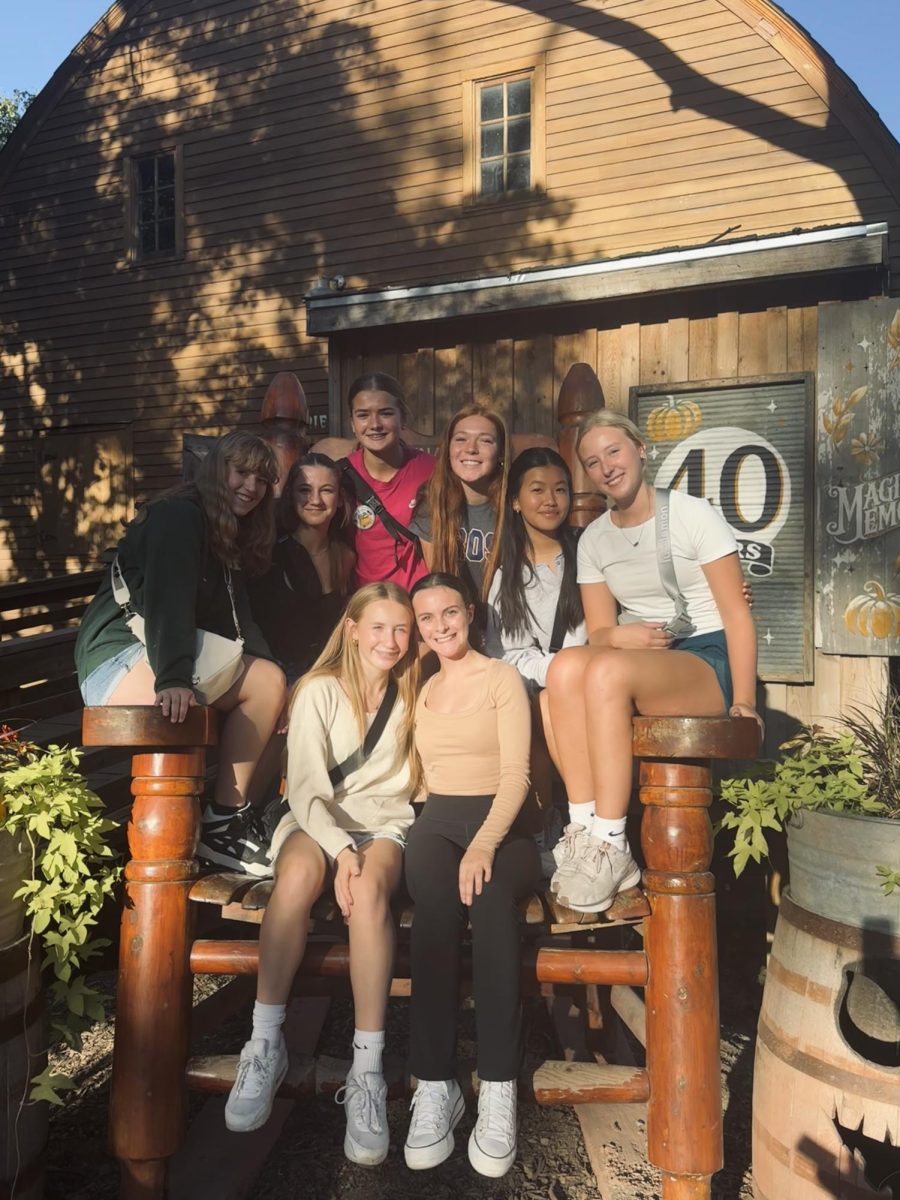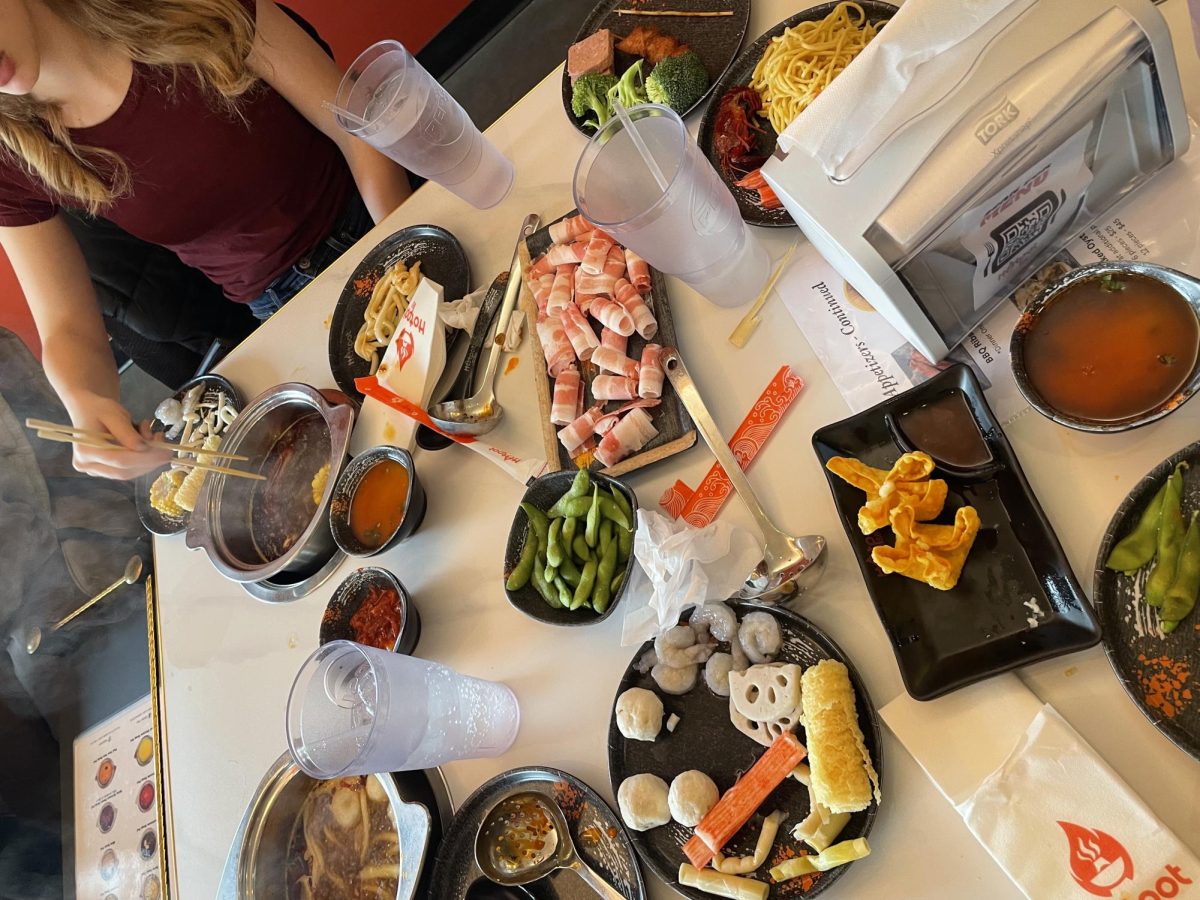It’s hard to imagine Halloween without the signature scowls and smirks of Jack O’ Lanterns, ominously lighting the decorated porches of houses that children fear to knock the doors of. Truly, these carved pumpkins are emblematic of the spooky season, of howling wolves and midnight monsters. However, the murky origins of these ghoulish gourds might just give you a fright! Join me in examining the frightful beginnings of Jack O’ Lanterns, then enjoy an interview with the co-owner of one of Omaha’s must-see fall attractions, Skinnybones Pumpkin Patch… if you dare!
Did you know that the very first Jack O’ Lanterns didn’t even use pumpkins? Instead, people would carve spooky faces into turnips and place candles into their hollowed-out insides for the same effect. This practice traces back to Ireland, the same place where Halloween originated—though back then, it was known as Samhain and marked the end of the harvest season and the beginning of the darker half of the year. Historians aren’t certain when the first Turnip O’ Lanterns were created, but they agree that the tradition likely ties back to an old Irish folk tale, dating back to the 19th century. The story, “Stingy Jack,” goes as follows:
“An old, cranky man named Jack lived in an Irish village many, many years ago. This man was not kind or caring—he cared not for friendship, instead valuing coin and drink above all else. For his greedy, self-serving nature, he was given the nickname “Stingy Jack.” None of the townsfolk would dare go near him. One fall evening, Stingy Jack was making his way down to the local tavern, the only place he was tolerated because it was the only time he would ever open his purse. He ordered a drink and sat down, and to his surprise, a stranger approached and sat next to him. “I am the Devil,” the stranger said, “and I am here to take you to Hell for this life of sin you have lived.” Jack reluctantly agreed, but requested to have one more drink before he left. Once he had finished his drink, however, felt his pockets and realized he had no more money. “If you really are the Devil, turn into a silver coin to pay for my drink!” The Devil acquiesced, turning into a silver coin that Jack then slipped into his pocket, next to a small crucifix he also kept on him. This trapped the Devil inside his pocket! Jack made a bargain with the Devil, making him swear to leave Jack alone for an entire year and not take his soul to Hell in exchange for freedom. The Devil reluctantly agreed, then was set free. A year later, the Devil returned to once again collect Jack’s soul. Jack once again agreed, but asked the Devil for one last meal before he was to depart. Jack chose an apple in a nearby tree, and the Devil went to fetch it for him. As soon as the Devil had climbed the tree, Jack quickly carved crucifixes into the tree’s trunk, trapping the Devil once more. Jack once again tells the Devil to leave his soul be, this time for ten years. The Devil has no choice but to agree. However, Jack died before the ten years were up, and thus made his way to the Gates of Heaven unimpeded. Once he got there, though, his wicked soul was rejected and sent down to Hell. However, when Jack met the Devil at the entrance to Hell, he was also denied entry because of the tricks Jack had played on him. As such, Jack was doomed to forever wander the world, neither in Heaven nor Hell. As he made to go, however, the Devil felt pity for him and offered him a glowing ember, straight from Hell. Jack hollowed out a turnip to put the ember inside, making a lantern to guide his eternal travels as a restless traveler. Now on Halloween night, when restless spirits are at their most visible, people create their own lanterns from turnips—Jack O’ Lanterns—to keep Jack from entering their homes.”
This Jack O’ Lantern origin story explains where the iconic Jack O’ Lanterns got the name—but why turnips? Simple: pumpkins are a New World food native to Central America, so there wasn’t an abundance of them in 19th century Ireland. There were plenty of turnips, native to Ireland and grown in abundance, so these were carved instead! Once Irish immigrants made the trip down to America, they brought their Halloween customs with them, and Jack O’ Lanterns became the spooky orange decorations we know and love today! Nowadays, it’s impossible to walk through your local grocery store between the months of September and November without seeing shelves full of cheap, plastic pumpkins as far as the eye can see. Halloween has become extremely commercialized, and I wanted to find out how the holiday has changed since the days of Irish immigrants carving turnips. To find out, I went to the expert: the owner of Skinnybones Pumpkin Patch.
In an exclusive interview with Maria Bledsoe, co-owner of Skinnybones along with her husband, I learned the ins and outs of running a pumpkin farm. Bledsoe explained that the usual demographics for Skinnybones included people aged 26–35, usually young mothers with children. Skinnybones is renowned for its attractions, most notably the ten acre corn maze. Whereas other pumpkin patches measuring around two acres, Skinnybones expends a lot of land and effort into making its corn maze a truly unique experience, hand-mapping and designing the path instead of simply getting a company to use GPS technology, as many other pumpkin patches do. Speaking of other pumpkin patches, Skinnybones actually maintains very friendly relations with other patches, viewing them as camaraderie over competition. “Business can be whatever you create it to be,” Ms Bledsoe stated, referencing how pumpkin patches will be in-demand every year and there are enough people for every pumpkin patch, thus making competition a non-issue.
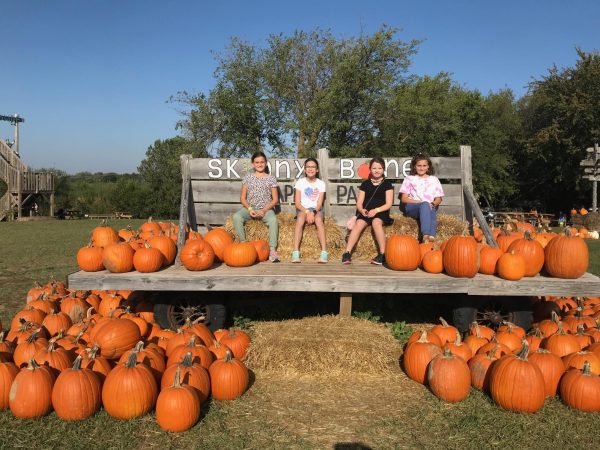
Instead, Skinnybones tries to learn from other pumpkin patches to make a fresh, novel experience for customers every year. “We want to grow every year, but try to be less commercialized,” Bledsoe explained, describing the staff-driven efforts to improve Skinnybones by collecting surveys on potential attractions. Skinnybones also analyzes sales, noting which color of crewneck, what flavor of slushy, and what kind of pumpkin sold the best, then adjusting next year to reflect that data.
On the topic of pumpkins, I questioned Ms Bledsoe on the specifics of running a patch. During the growing season, Skinnybones tries to plan 1–5 years ahead, predicting interest and growing the pumpkins on-site. I was surprised to hear that there was a specific type of pumpkin called a Jack O’ Lantern pumpkin, which typically sells the best! This is no surprise, considering Jack O’ Lanterns are the perfect shape for carving, and are what most people think of when they hear the word “pumpkin.” Another popular pumpkin species is the Casper pumpkin, an all-white variant named after the adorable, fictional ghost. Of course, not all pumpkins grow up to be the perfect, circular gourd popularized by media—but Skinnybones has a place for the unique pumpkins too. Many patchgoers are interested in a misshapen or wonky-looking pumpkin. “They’re looking for their golden egg of a pumpkin,” Bledsoe explained. “One man’s trash is another man’s treasure.” Of course, at the end of the season, there are bound to be pumpkins that simply don’t sell, for any of a thousand reasons. However, even these pumpkins find a forever home at the Henry-Doorly Zoo, animal shelters, the Ronald McDonald Fund, and elsewhere in the community. At the end of the day, Skinnybones makes sure to provide a one-of-a-kind experience to families while also giving back to the greater community. When not open to the public, Skinnybones enters their pumpkins into food shows, conventions, and other opportunities to spread their name. Skinnybones is truly a year-round operation as a result.
Recently, Nebraska has been having fire bans as a result of droughts, which has affected Skinnybones greatly since their fire pits are a staple of the patch. Rather than deterring her, though, Bledsoe had a different outlook on the situation: “We always try to take negatives and turn them into a positive,” she said. When the fire bans are in place, Skinnybones personally delivers hot dogs and smores to families that have rented out the fire pits and are unable to use them. “We really want to go the extra mile to create that pumpkin patch experience,” Bledsoe remarked.
Whether through spooky stories or family fun, pumpkins have become synonymous with Halloween and fall. These ghoulish gourds, whether orange, white, or even turnips, serve to put us all in the holiday mood and brings the community together. However your family celebrates Halloween, consider carving a pumpkin, visiting a pumpkin patch, or baking some yummy pumpkin pastries to participate in the festivities!
